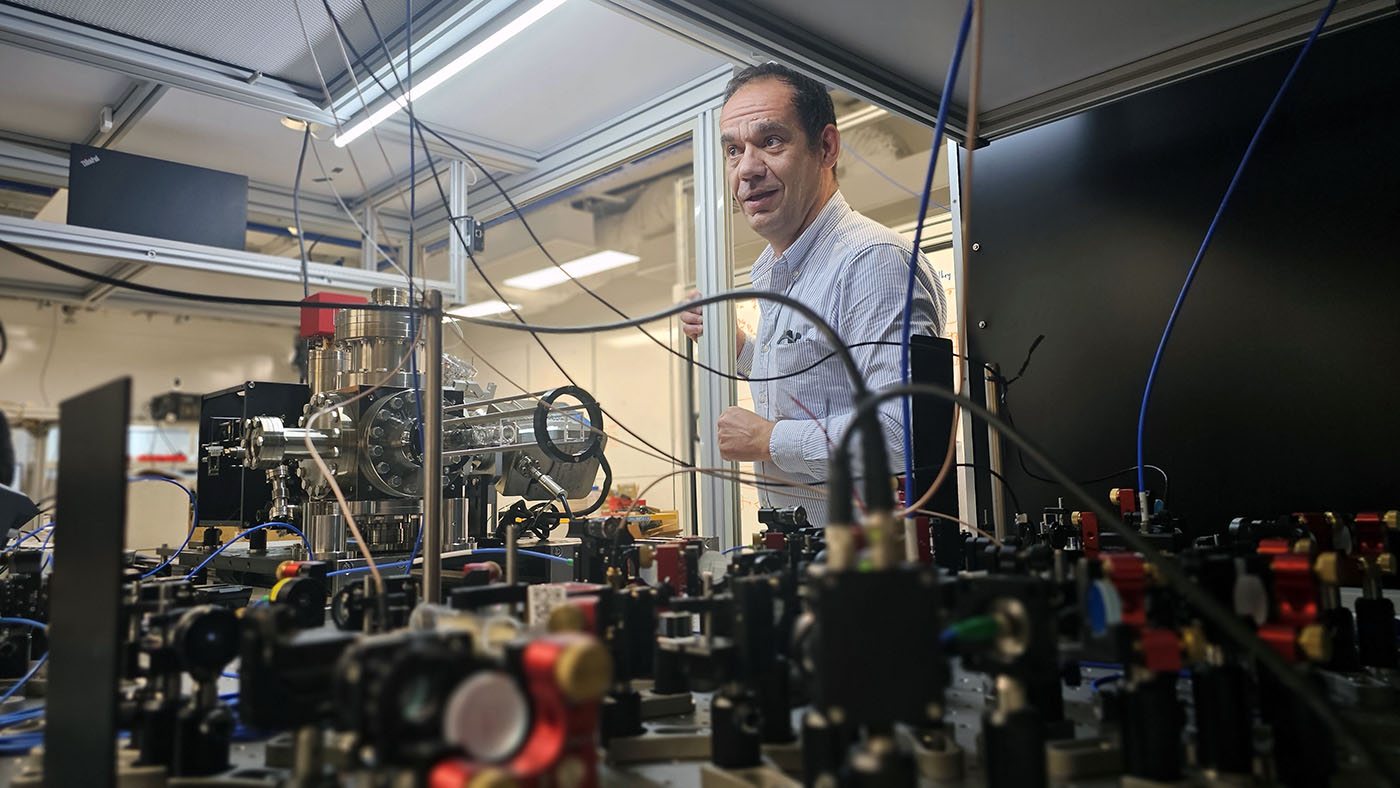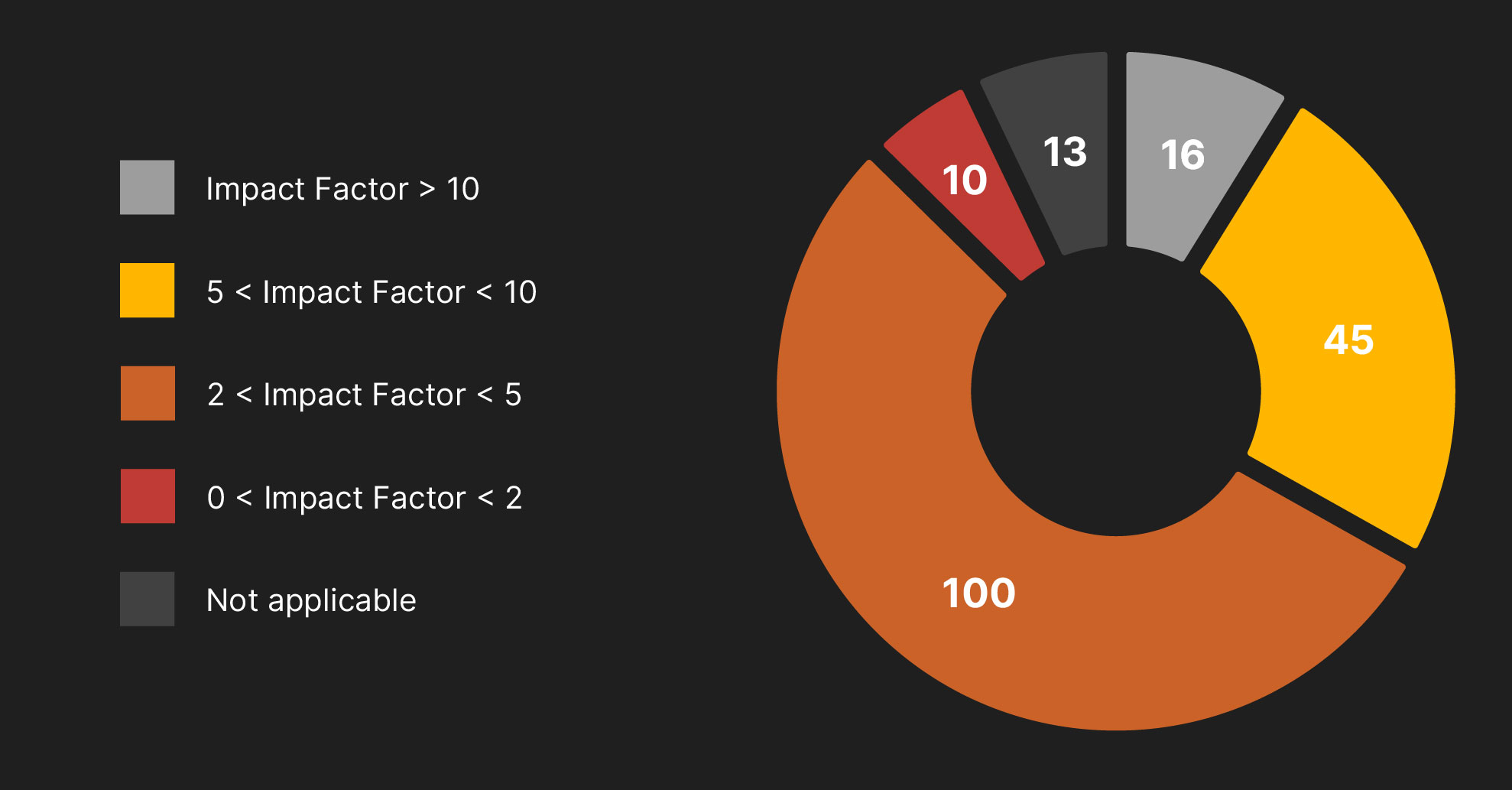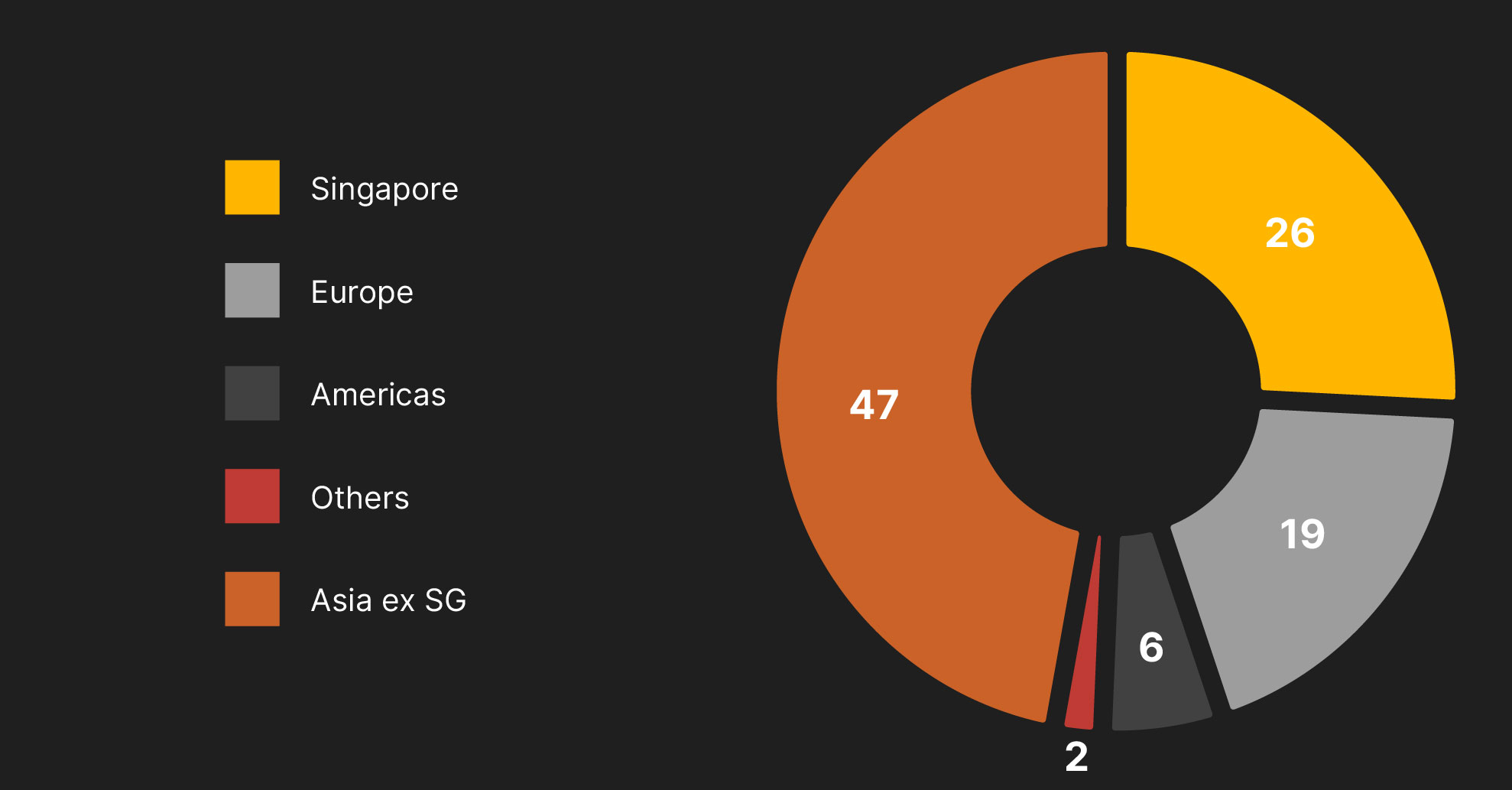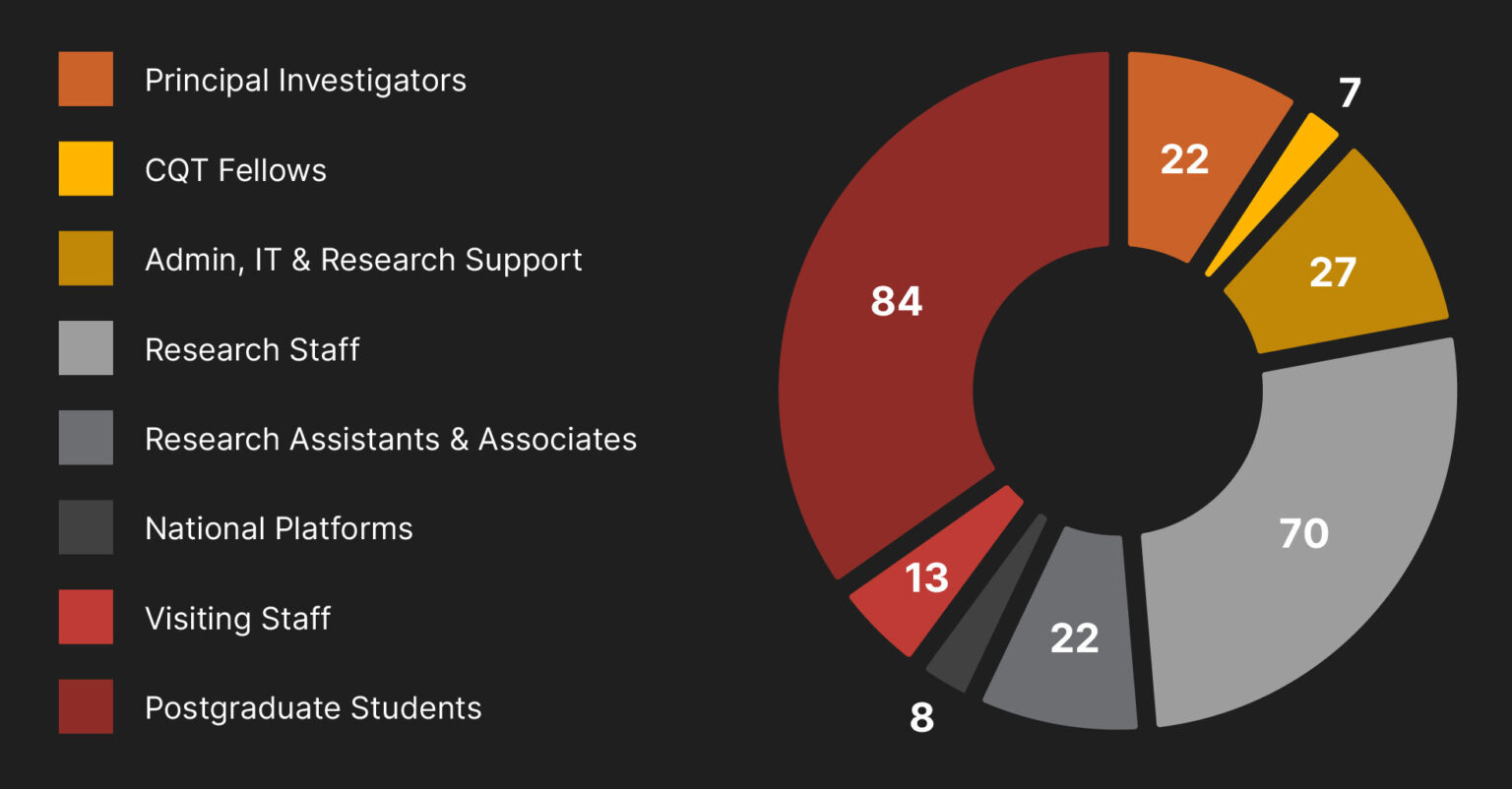CQT updates roles in national quantum programmes
One year on from the launch of Singapore’s National Quantum Strategy, CQT researchers have new responsibilities in national initiatives

CQT Principal Investigator David Wilkowski is building neutral atom setups at two universities to contribute to the National Quantum Processor Initiative.
The Centre for Quantum Technologies (CQT) is supported as a national research centre under Singapore’s National Quantum Strategy (NQS) announced in May 2024, but that’s not its only role.
CQT is now hosting two major new projects for the National Quantum Processor Initiative (NQPI) and has evolved its role in other national-level quantum programmes.
New at NQPI
Established to build Singapore’s capabilities to design and develop quantum processors, NQPI is led by CQT Director José Ignacio Latorre.
Since the initiative was announced last year, the programme has appointed three CQT Principal Investigators to run its first projects. CQT’s Manas Mukherjee and Dzmitry Matsukevich are heading work to develop a trapped-ion based quantum processor, and David Wilkowski is building a team to pursue the neutral atom approach.
The NQPI will also have a third thrust to develop critical component technologies in photonics, for which proposals are still being considered.
Manas, Dzmitry and David already have extensive experience working with trapped ions and neutral atoms for other research goals. In NQPI, their ambition is towards scalable processor designs with good performance.
Both types of quantum processor store and process information in the energy states of individual atoms, while differing in the methods used to control and manipulate the atoms and their states. These technologies are leading contenders to build quantum computers in the commercial space too.
Manas, Dzmitry and David are equipping new lab spaces at CQT and hiring to grow their teams. The trapped-ion project will use the atomic species ytterbium and barium and is wholly at the National University of Singapore (NUS). The neutral atom project will use caesium and is distributed between NUS and the Nanyang Technological University, Singapore, where David has an appointment as Associate Professor.
Strategic plans
“Lots of countries are investing in quantum technologies. To become a successful quantum hub doesn’t just take money and talent, you also need good governance. Singapore is doing this fantastically well with its National Quantum Strategy,” says José Ignacio.
Singapore’s National Quantum Office is a national platform which drives the development and implementation of the country’s National Quantum Strategy.
Other initiatives under the strategy include platforms in quantum computing, communication and foundry services launched by the Quantum Engineering Programme (QEP) in 2022. QEP renewed support for these programmes in April 2025.
The who’s who
QEP itself is directed by Johnson Goh, who joined CQT as a Principal Investigator in April. His primary appointment is with the Agency for Science, Technology and Research (A*STAR) as a Senior Principal Scientist. He also leads the National Quantum Sensor Programme launched in 2024.
The National Quantum-Safe Network (NQSN) testbed remains led from CQT by Principal Investigator Alexander Ling, a Professor in NUS. Through NQSN, researchers and partners of the network have access to a Singapore-wide fibre network provided by Netlink trust.
At the National Quantum Computing Hub (NQCH), CQT’s Director made way for Su Yi, Executive Director of A*STAR’s Institute of High Performance Computing (IHPC), to serve as lead PI for the hub’s next phase. He remains a co-PI for NQCH, which continues as a joint effort of CQT, IHPC and the National Supercomputing Centre Singapore.
The National Quantum Federated Foundry (NQFF) was previously led by Manas, who has moved to an advisory role so that he can focus on NQPI. It is now led by A*STAR Senior Scientist Victor Leong. NQFF provides design, fabrication and characterisation services for groups across Singapore.




